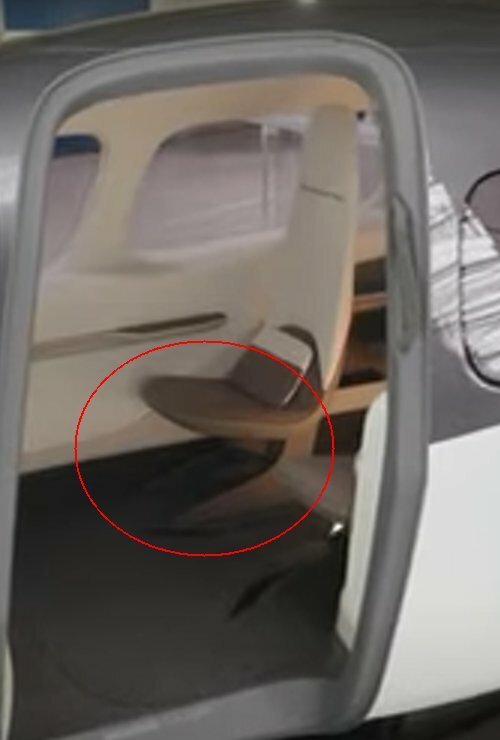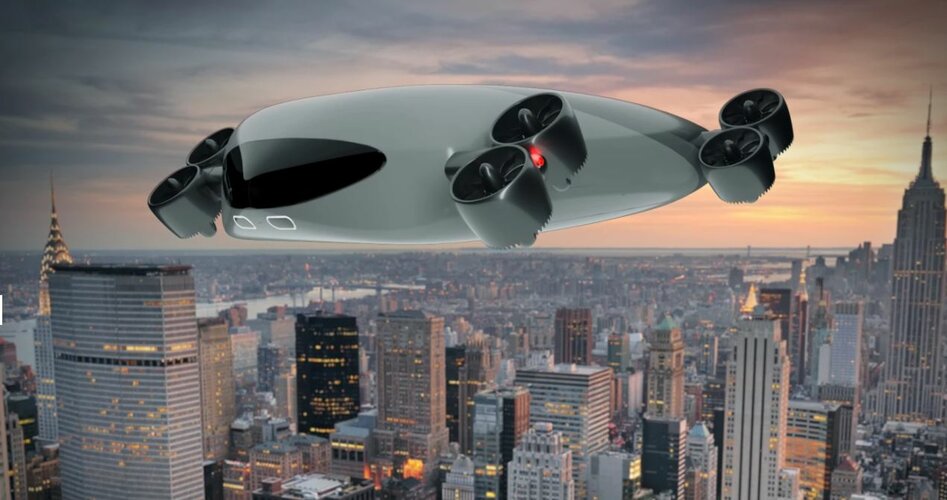alberchico
I really should change my personal text
- Joined
- 14 January 2014
- Messages
- 706
- Reaction score
- 1,512
This article on the Beta evtol gives a bit of background on the company. It looks like this aircraft will be ferrying organs and hauling freight before it carries passengers. I also wonder if the military might order a couple of airframes just to support the industry. They could be used to transport very small loads that don't justify the use of a larger helicopter.






















